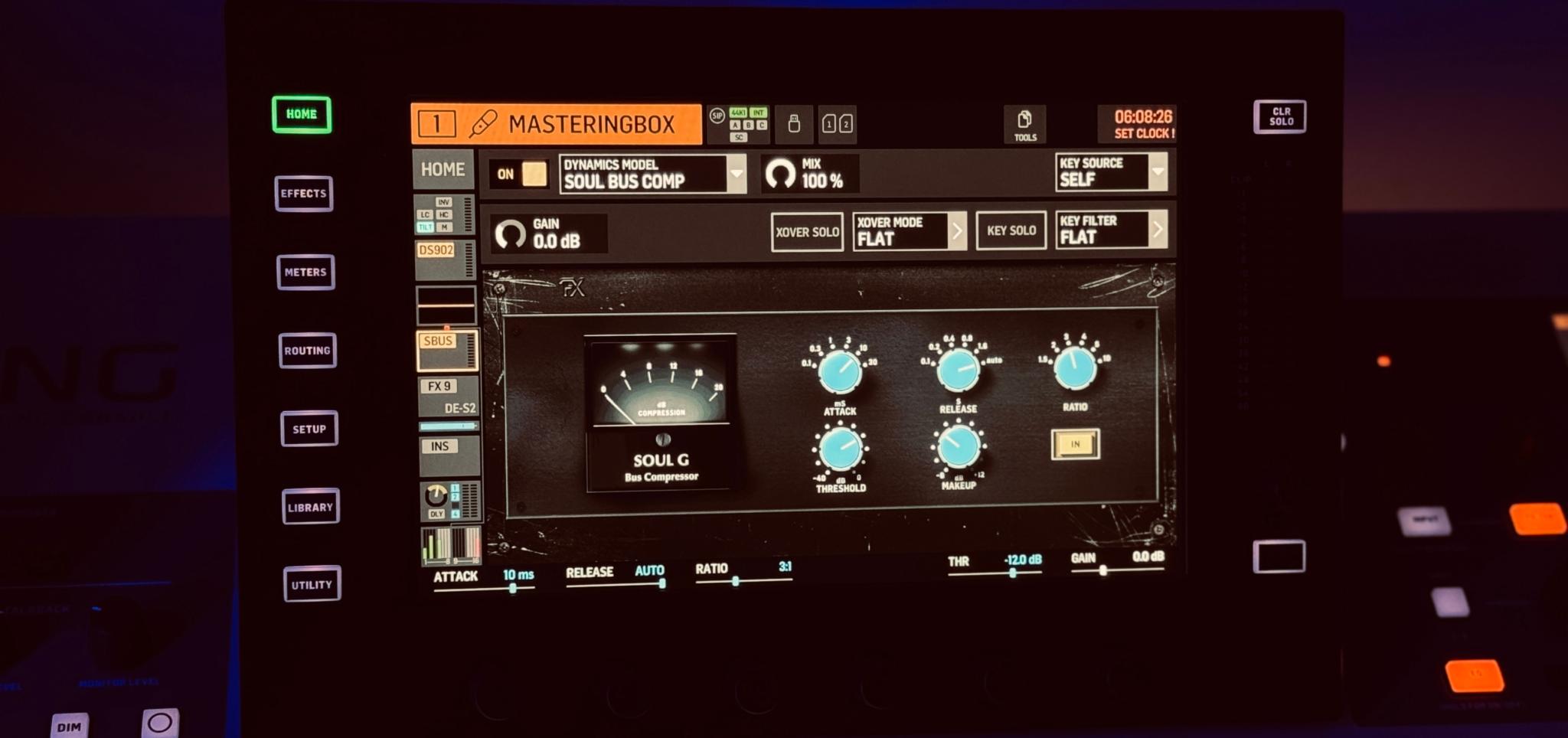Possibly one of the most sought-after sounds in music, a warm mix is everything to some people: beautiful, powerful low-end coupled with full mids and gentle highs. A warm mix sounds powerful without being abrasive. So how do we go about achieving a warm mix? Check out these four tips below and see if you can turn up the temperature with your productions.
Tubes
Although often quite costly, tube technology offers a lot toward a warm mix. As a rule, steer clear of digital plugins that claim to provide analogue tube tone. This isn’t to say that they are bad at doing other things, but you simply cannot add tube warmth without physical tubes. The process of electrical signals warming up actual tubes is certainly a non-linear phenomenon that can’t be matched with a plug-in.

Tube pre-amps are one of the most significant elements to consider here. Tracking things like vocals and bass guitar using tubes is an instant recipe for success. Their ability to bolster low-end while driving highs without being too harsh is unlike anything else. Now, I’m aware that not all of you will be recording and might be looking to add some warmth to your digital productions. Fear not, I have an answer for you: Tube compressors. These will allow you to not only add tube warmth during the compression stage but also pass a signal through the tubes without needing to engage the compressor. This provides all that lovely tube warmth without squashing dynamics.
Soft Clipping / Saturation
Saturation is another excellent way to introduce warmth into a mix. Here, the use of tape machines, as well as analogue pre-amps, can provide a little sizzle to a mix without sounding like terrible distortion. Picking up a cheap, old tape deck and hooking it into your patch bay can be not only affordable but also offers you a new variety of sounds to work with. By driving tape decks into the red, we engage the concept of tape saturation and can provide a gentle dynamic squash to our mixes.
As the heading suggests, the aim here is to introduce soft clipping. Make sure you aren’t imparting full-on hard clipped distortion, or you’re going to end up with a bad mix, not a warm mix. Unlike tubes, this is something that plug-ins can reproduce quite well. The concept of non-linear algorithms works well within tape plugins such as the Kramer Master Tape, providing a nice push to individual sound sources or entire mixes.
Ambience
While not generating warmth in the conventional sense, ambience can contribute to creating a warm mix. This is likely to apply more within digital productions but does have some carryover to the analogue world. Getting a little gung-ho with gates can lead to quite cold, stale mixes. The lack of content and energy can make a mix sound quite dead and empty. Similarly, utilising very short, snappy one-shot samples within a digital production, without considering factors like room ambience and release times, can create the same issues.
While we often think about warmth as a frequency-related concept, it also applies to a general fullness within our mixes. If you’re sampling from breaks, try to let your drum hits run out as long as possible after the transient to create a more cohesive arrangement. Similarly, when using gates in recording, try to only use them where necessary. Often, we can just use EQ instead to allow more of the room to come through in our mixes.
Parallel Compression
This last one is quite subjective but can yield great results. We usually think about parallel compression as a way to beef up our buses. Typically, it is used on drum buses to create power while letting transients cut through the mix. However, parallel compression across an entire mix can provide a huge boost, contributing to a very warm mix.

This act of essentially doubling vocals and other aspects of the mix brings definition to particular areas across the frequency spectrum. Typically, this is most noticeable in the areas we associate with warmth. Parallel compression will create a warm, fat sound while still providing clarity. Unfortunately, this process is not a one-size-fits-all technique. It’s something you will have to experiment with on a case-by-case basis.
Conclusion: Ready for a Warm Mix?
Warm mixes are everything. Nobody wants their music to sound cold and sterile. Prepare for a warm mix before you set out to create your track. Use analogue tubes where you can, as well as tape and digital saturation. Don’t be afraid of ambience to fill out your mix, and try out some global parallel compression. You may be surprised by how much all of this can add.
Sobre el autor

Tim Dunphy
Ingeniero de sonido y redactor de contenidos especializadosMás de 10 años de experiencia trabajando en el sector del audio. De todo, desde enrollar XLR hasta masterizar álbumes. Soy un hombre hecho a sí mismo y mantengo mis activos en Bitcoin. ¿Qué más hay que saber?
Deja un comentario
Inicia sesión para comentar


